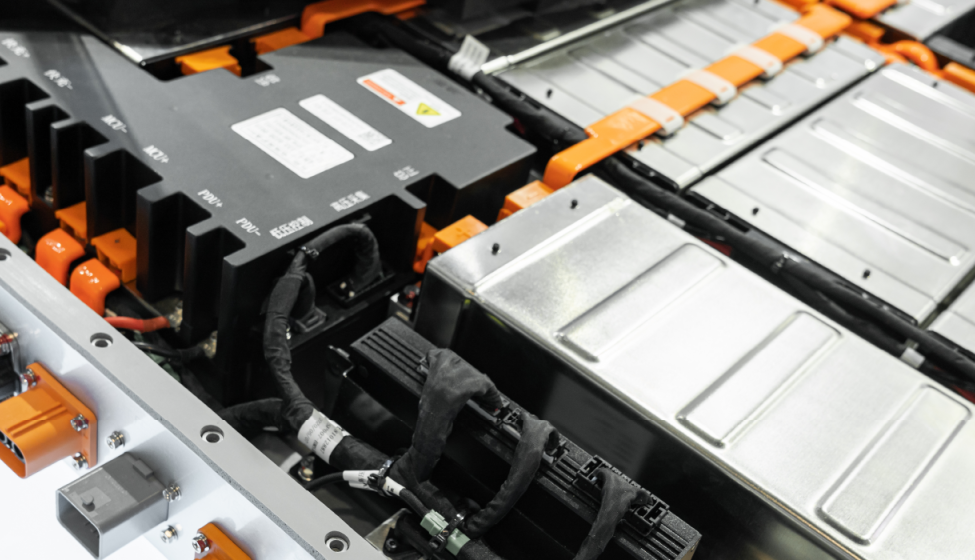July 9, 2020
The battery management system (BMS) in typical consumer electronics prevents the lithium-ion (Li-ion) cell(s) from operating outside their rated specifications and provides state-of-charge (SOC) information to the user. A well-functioning BMS is vital to product safety and reliability, but often, companies outsource the design and manufacturing of their battery system and then treat it like a black box. Suppliers generally do not share their BMS designs with their customers, claiming the designs as their own intellectual property. This can limit the type of risk assessment that may be performed to ensure the suitability of the BMS design for a given application. In these instances, it is important for companies to work directly with their suppliers to ensure that all necessary evaluations are performed on the battery system and its BMS and that any gaps in the BMS design are identified and corrected.
The Importance of Understanding BMS Design and Potential Failures
Fully understanding all that a BMS does in a battery system is important, but as the number of battery applications and the size of batteries has grown, the list of functions performed by a BMS has also expanded. For example, a BMS coordinates between the different racks of a battery container in a solar or wind farm. In electric and hybrid vehicles, the BMS estimates the SOC and range in real time using look-up tables of physical parameters and the battery operating conditions. In electric buses with multiple batteries, the BMS coordinates between batteries while providing the necessary propulsion power to the powertrain system. In addition, the BMS in all these applications must communicate with a central electronic control module to receive commands on safety contactor activation/deactivation.
Equally important is understanding how a BMS can fail and the consequences of the failure. Battery failures in the field can occur because the BMS provides inadequate protection to the cells (e.g., does not prevent the cells from being charged at low temperatures), has a unique failure mode (e.g., a software condition that prevents a processor on the BMS from terminating charge current during an over-charge alarm event), is susceptible to manufacturing-related issues (e.g., contaminants close to BMS power terminals that can initiate a propagating circuit board failure), or is simply improperly assembled and causes cell failures in the field (e.g., a BMS assembled without any insulation between the BMS and the cell in a single-cell application resulting in the BMS damaging the cell during a drop/vibration condition in the field).
Evaluating the Risk Associated with a BMS in an Application
Before finalizing a BMS design in a battery-powered application, it is important to fully review the design and systematically perform a risk/hazard assessment to ensure a full understanding of all possible failure modes and how these are mitigated in the battery system. This assessment requires a multi-disciplinary approach so that all potential failure modes and controls in place can be identified and evaluated. Testing is often required during the assessment to fully understand the consequences of all identified failure modes. Equally important is a full understanding of the BMS manufacturing process to ensure that controls are in place to prevent external factors (e.g., contaminants, damage during assembly, improperly assembled circuits, etc.) from increasing the risk of failure in the field.
Exponent's multi-disciplinary team of scientists and engineers has helped numerous companies by performing risk and hazard assessments, reviewing the BMS design, and performing tests to evaluate the consequences of failures. We have also audited numerous Li-ion cell and BMS manufacturing facilities to evaluate the manufacturing controls in place at these facilities and determine actions required to close any identified gaps.
How Exponent Can Help
Exponent's multi-disciplinary team of materials scientists, electrochemists, and electrical and mechanical engineers have performed hundreds of design reviews and risk assessments of batteries and their BMS in applications ranging from hearing aids to solar farm battery storage and battery systems used in airplanes. By combining 50 years of real-world failure analysis experience with cutting-edge research into Li-ion battery and BMS design, performance, and reliability, we can help companies understand the gaps in their BMS design and identify ways to fill these gaps.



